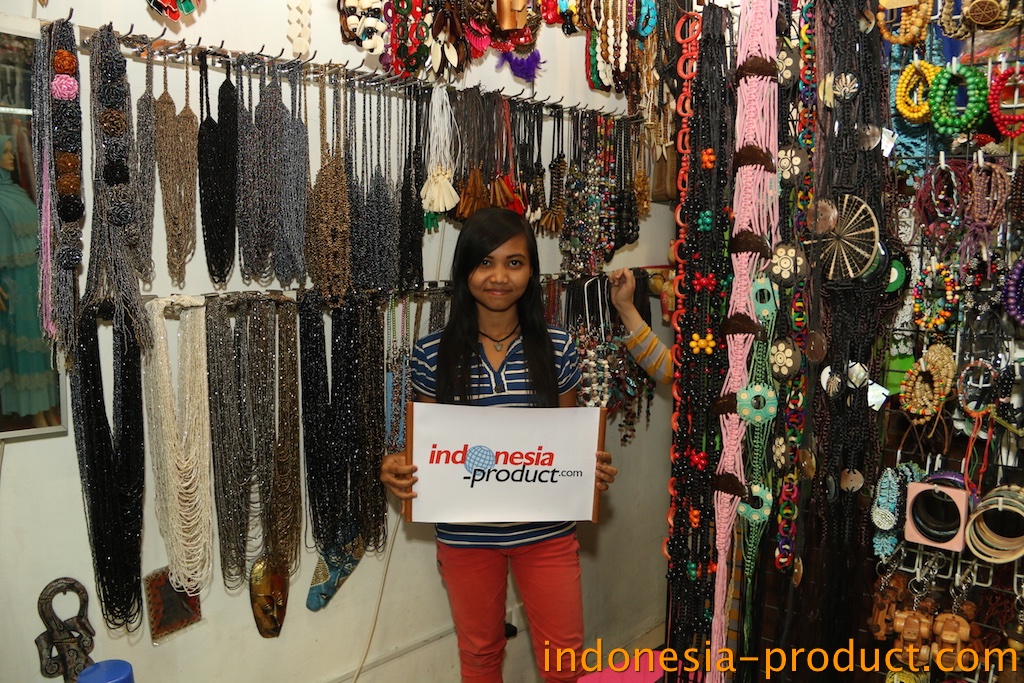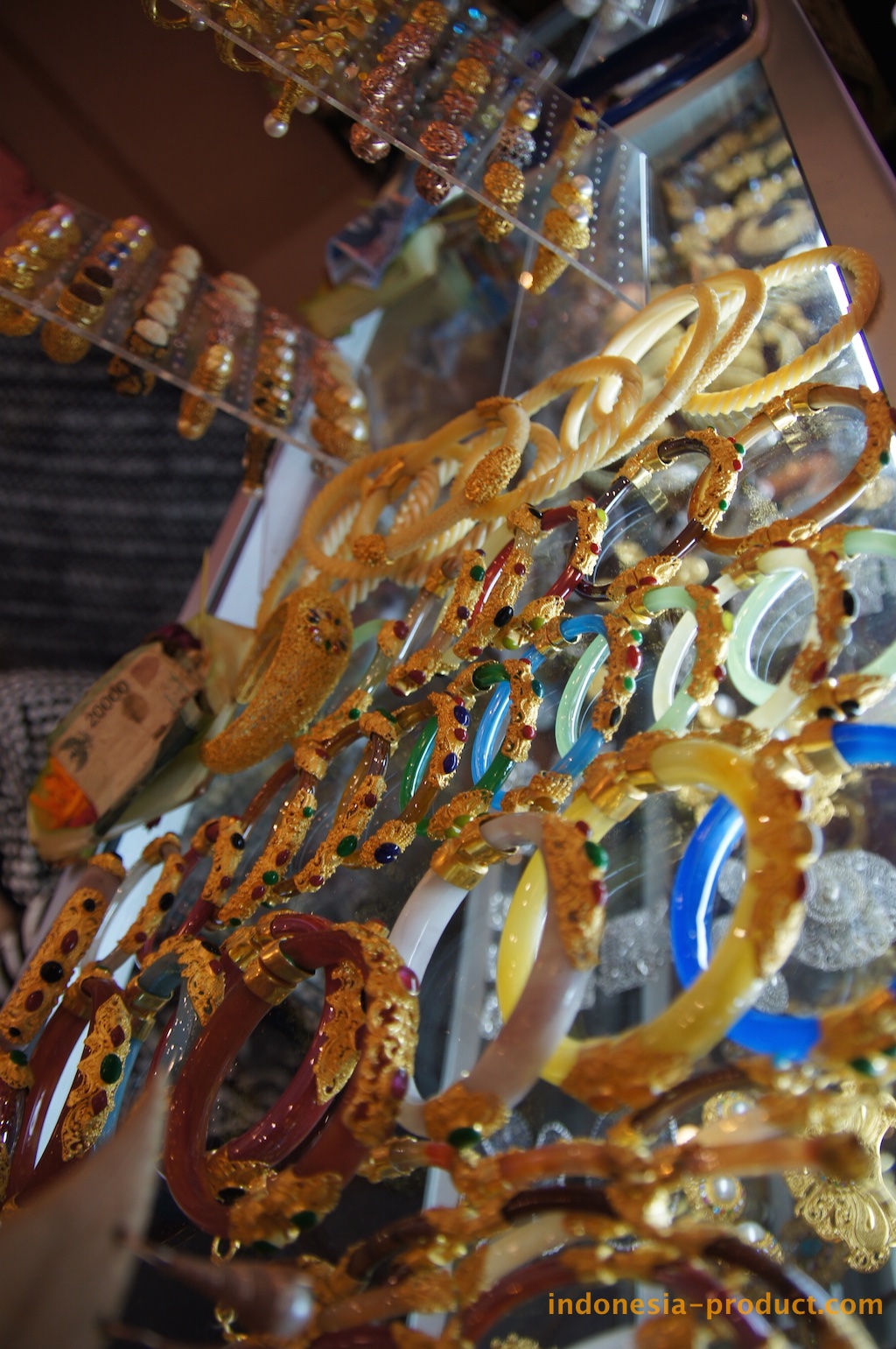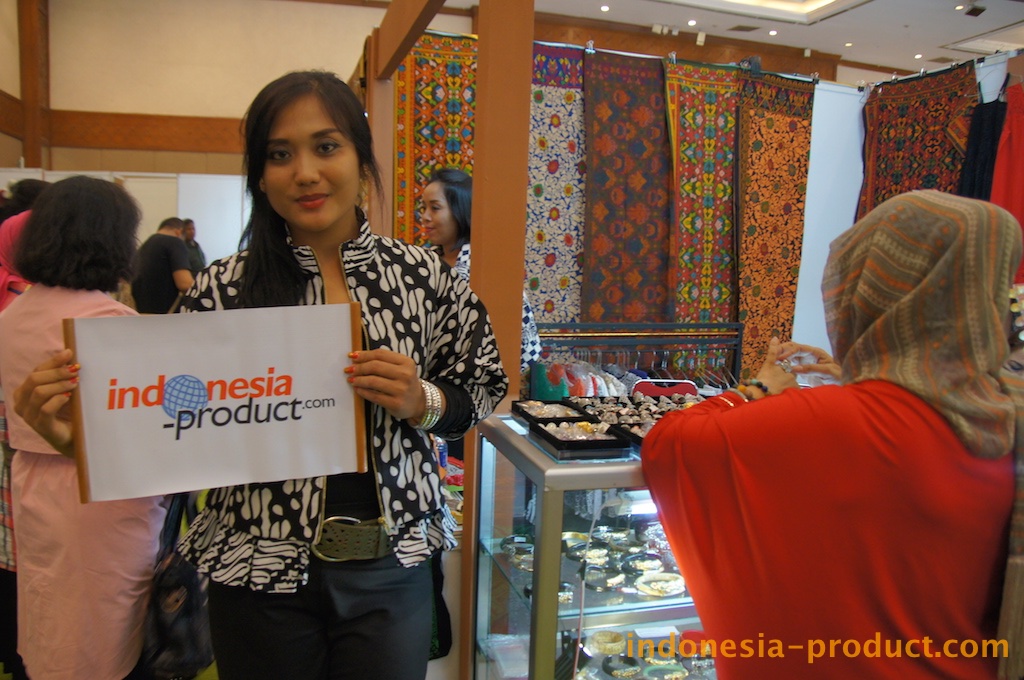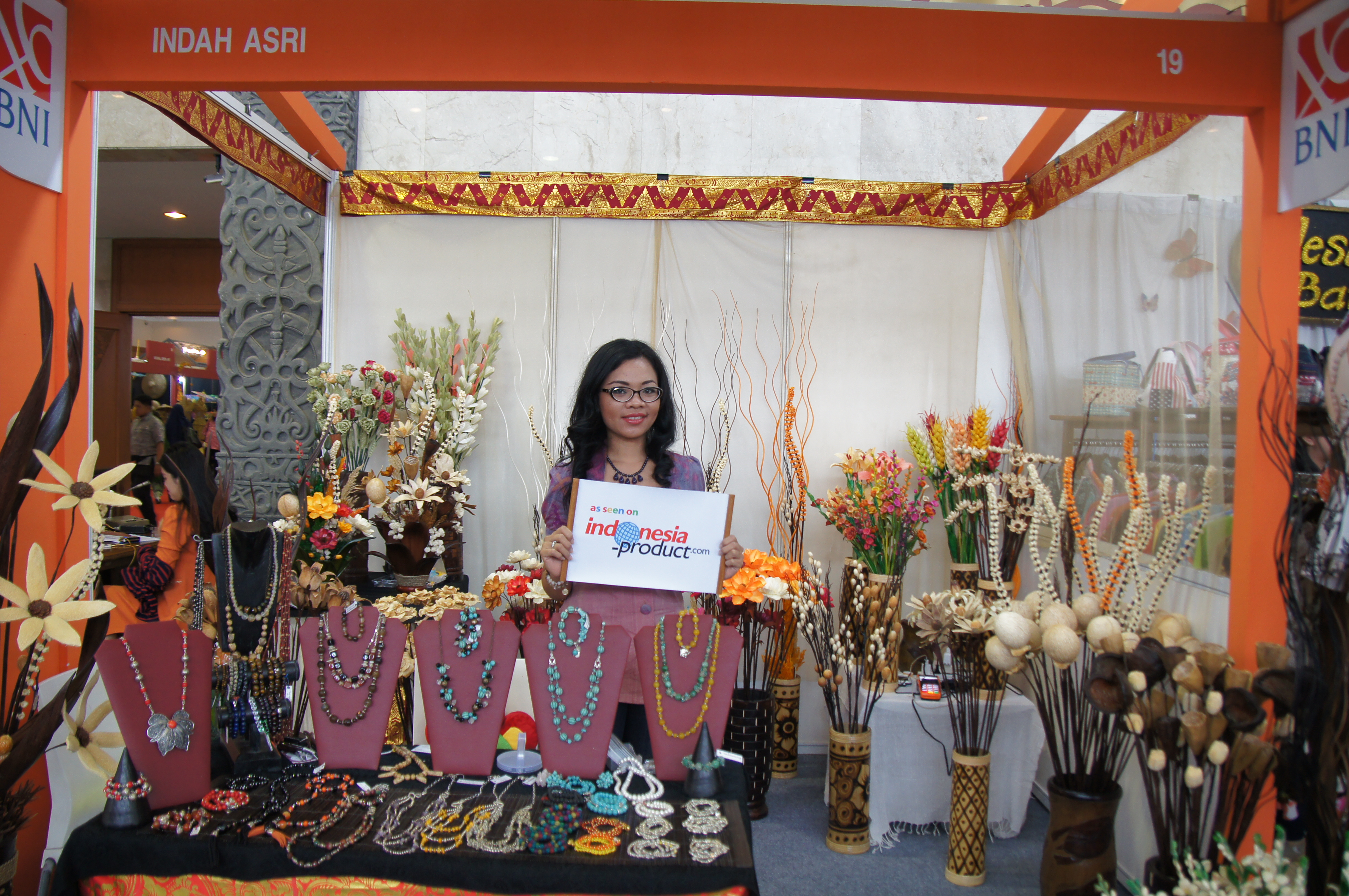Hong Kong: Quality, design diversity
Global Sources, SingaporeÂ
Well-established factory management systems, an emphasis on quality and fast development time have made Hong Kong one of the most prominent sourcing centers for costume jewelry.
Currently the world’s largest exporter in the line, Hong Kong shipped more than $6 billion worth of costume jewelry in 2005. Outbound shipments have grown by more than 25 percent in each of the past two years. The US is the biggest market, followed by the EU, Japan and Taiwan.
There are about 70 manufacturers in the SAR alone, not including companies with production facilities located in parts of mainland China. Makers are mostly privately owned, small and midsize, and with direct export capability.
As with many Hong Kong industries, most suppliers have already transferred manufacturing to nearby cities in the mainland, including Dongguan, Shenzhen and Panyu. Only design development, sampling, sales and marketing personnel remain in the SAR.
This migration seems to have had no ill effects on the industry. In fact, having factories in the mainland has helped manufacturers obtain raw materials easily. The lower operating costs there have also allowed makers to increase investment in high-tech machines and production technology.
Many costume jewelry suppliers in Hong Kong are now equipped with advanced mold-making, die-casting, polishing and electroplating machinery. Modern equipment helps in producing more elaborate finishes and models that are consistent in terms of size and quality specifications.
A number of companies have also incorporated production techniques such as electroforming with handiwork to enhance efficiency.
Some makers have invested in ERP software to integrate all aspects of production from accounting to shipment. Companies are also boosting efforts to improve management systems, thereby enhancing quality and minimizing costs.
In addition, Hong Kong costume jewelry suppliers benefit from an experienced workforce. Many of these makers’ factories have well-trained workers who need minimal supervision in handling manual tasks and operating high-tech machinery.





